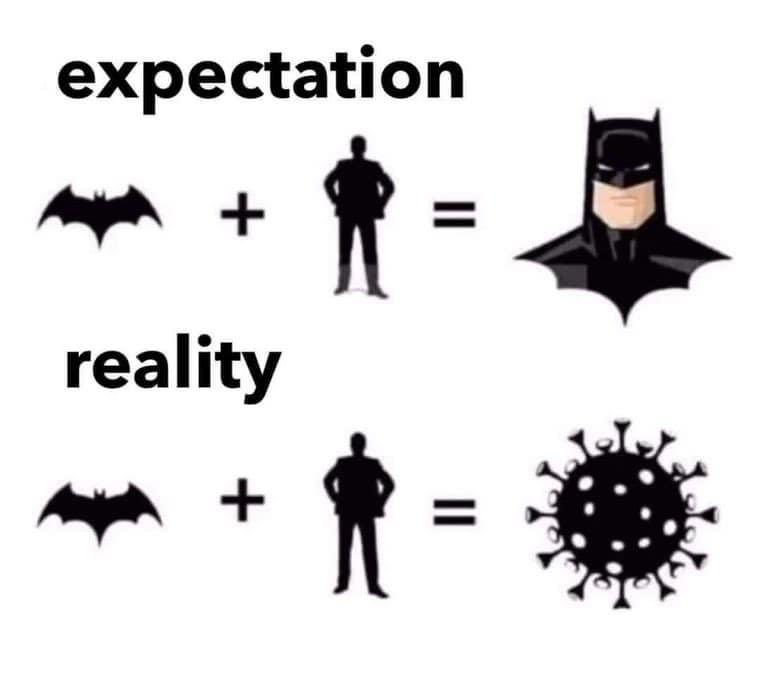
Dan Kaminsky
@dakami
We can fix it. We have the technology. OK. We need to create the technology. Alright. The policy guys are mucking with the technology. Relax. WE'RE ON IT.
ID: 8917142
http://dankaminsky.com 16-09-2007 18:45:47
128,128K Tweet
85,85K Followers
417 Following
















